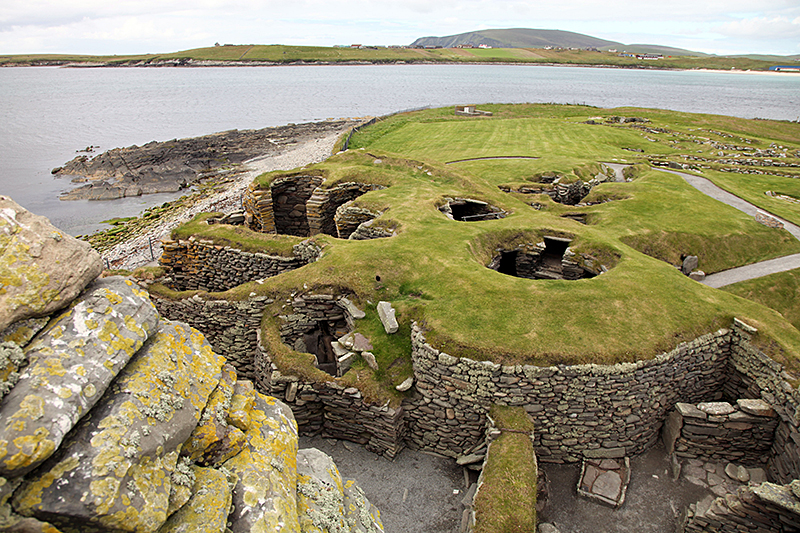Stone Age is a term used to designate the period in all human cultures when people used stone, rather than metal, tools. The Stone Age began about 3.3 million years ago, when small stones were first made into crude chopping tools by prehuman ancestors. It ended in the Near East about 3000 B.C., when bronze replaced stone as the chief material from which tools were made (see Bronze Age).


Scientists have divided the Stone Age on the basis of toolmaking techniques into Paleolithic, Mesolithic, and Neolithic phases. The Paleolithic (Old Stone Age) was the longest phase. This phase includes the prehistory of all human beings until about 8000 B.C. Paleolithic people were hunters and gatherers. After 8000 B.C., hunting and gathering became more specialized. Some people mainly gathered wild vegetables, while others fished or hunted large game. Many early farmers in the Near East, Asia, and the Americas had no metals and lived in the Stone Age. They used polished stone axes and flint sickles to harvest crops.
Many peoples were still using Stone Age technology when Europeans began their voyages of exploration and discovery in the A.D. 1400’s. The Indigenous peoples of Australia were making Stone Age tools when European explorers first encountered them in the 1700’s. Europeans found groups in southern Africa living much like their Stone Age ancestors. Islanders of the South Pacific Ocean and most Native Americans lacked metal farming tools when they first met Europeans. A few isolated groups in New Guinea and Indian Ocean islands are essentially still in the Stone Age.
